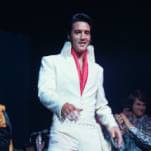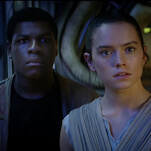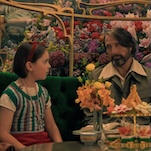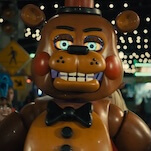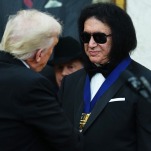Pinning down the spooky strategies behind sound and silence in horror games
Ominous Tones
This week, Anthony John Agnello offered up a For Our Consideration op-ed that was about sound in horror games. Anthony argued that Alien: Isolation overused its overwhelming, terrifying sounds to the point that they no longer become scary. Anthony offered the original Resident Evil is a scarier alternative, one that uses silence to unnerve players and boost the spook factor of what little sound there is. NakedSnake posited that Resident Evil and Alien: Isolation are using silence and sound in two different ways:
Resident Evil is pretty damn spooky, and the sparse sound design is a big part of it. The silence is eerie and unnatural. When you hear a sound somewhere, you just know it’s something bad. There’s no other possibility. Without a lot ambient noise to distract you, the clicking of the Licker’s claws against the tile floor in the room around the corner becomes your whole world. Through the sound design, the game highlights what you fear the most. It’s very effective, but at the same time, it’s very much a video game kind of fear.
In Alien: Isolation, the developers take the game in a different direction. They’re trying to tap into a more primal kind of fear. The sound design is part of that. When you’re in a situation in real life where you’re really actually afraid and are expecting something unexpected or awful to happen at any time, your senses sharpen. You can hear everything around you. But the enhanced senses don’t help. There’s too much information. It’s cacophonous, disorienting. I think that’s what they were going for with this game. Resident Evil might give you thrills and chills, but Alien: Isolation hits you right in your lizard brain.
And Duwease pointed to a real-life example of how unnatural silence, like the kind Anthony argued was in Resident Evil, really does mess with us:
I think Anthony may be onto something about unnatural silence being off-putting. And not just for letting feelings of dread percolate. I think the “uncanny valley” phenomenon can happen with slightly unnatural silence as well. Resident Evil‘s unnatural aural tics can trigger that.
Exhibit A: Look at the real-life example of the “world’s quietest room” in Orfield Laboratories. The creators challenge visitors to simply exist in the room for more than 20 minutes, but it drives people batty.
Elsewhere, PaganPoet lamented a lack of diversity on horror sound design (in games or otherwise) and pointed out a personal favorite:
It’s kind of hard to find a unique sound direction in horror anymore, isn’t it? One of my favorite horror movies of all time is De Palma’s 1976 adaptation of Carrie, and the music is a big part of that. For a horror movie, it’s downright pretty. The whole prom sequence’s score is iconic, mixing the beautiful, melodic main theme of the movie with atonal string interruptions to aurally narrate the sequence (made doubly effective by the fact that there is no dialogue in this scene). Hopefully, you’ve seen it before, but just in case you haven’t, have a look. (I’d recommend watching all 11 minutes, as this scene is cinematic history, but if you don’t want to, just the first 5:30 minutes are specifically what I’m talking about.)































